Cars
Driving Towards the Future: A Deep Dive into Tesla’s Autonomy Capabilities
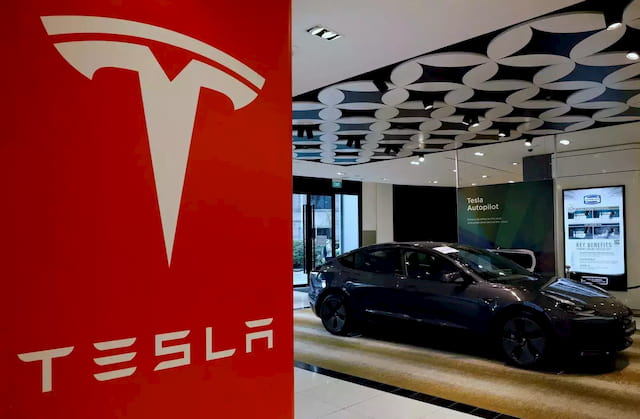
Revolutionizing the way we drive, Tesla’s Autonomy capabilities propel us into a future where cars navigate the streets without human intervention. With its cutting-edge technology and relentless pursuit of innovation, Tesla has emerged as a frontrunner in the tesla autonomous driving space. In this deep dive, we unravel the intricacies of Tesla’s Autonomy capabilities, exploring this groundbreaking technology’s features, advancements, and potential implications.
The Foundation of Autonomy: Tesla’s Hardware Suite
Its robust and sophisticated hardware suite lies at the core of Tesla’s remarkable Autonomy capabilities. Tesla vehicles are equipped with sensors, cameras, radars, and ultrasonic sensors that work together seamlessly to perceive and interpret the surrounding environment. These sensors act as the eyes and ears of the vehicle, constantly capturing and processing a wealth of data in real time. The hardware suite forms the foundation upon which tesla autonomy system is built, providing the necessary inputs for the vehicle to make informed decisions and navigate the roads autonomously.
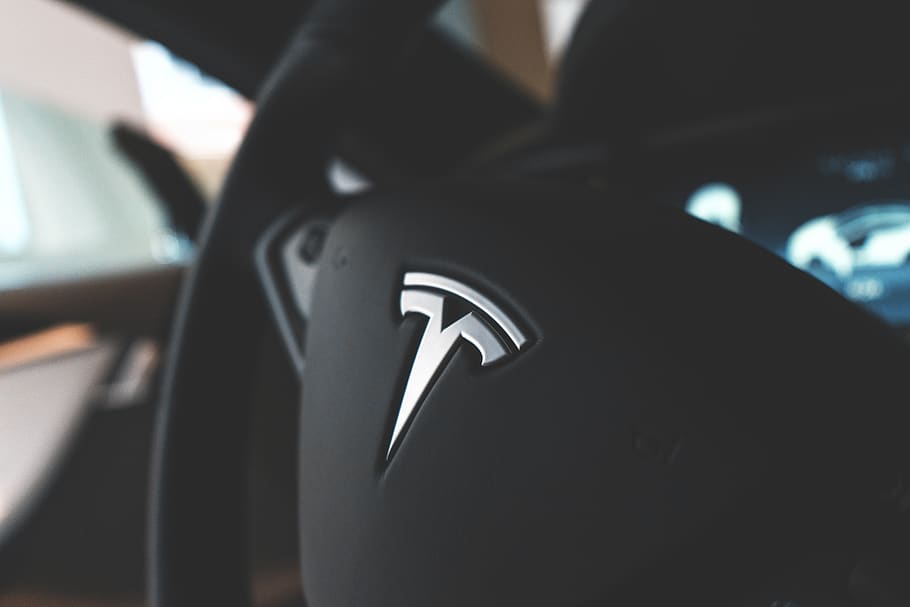
Tesla’s hardware suite comprises multiple cameras strategically positioned around the vehicle, offering a 360-degree view of its surroundings. These cameras utilize advanced image processing algorithms to detect and identify objects, pedestrians, traffic signs, lane markings, and other crucial elements on the road. By analyzing the data captured by the cameras, tesla autonomy system gains a comprehensive understanding of the environment, enabling it to navigate and respond to various scenarios.
In addition to the cameras, Tesla vehicles have radar sensors that utilize radio waves to detect objects at longer ranges and in challenging weather conditions. The radar system works with the cameras, offering an additional layer of perception and redundancy. Ultrasonic sensors, on the other hand, aid in detecting nearby objects, assisting with parking, and maneuvering in tight spaces.
These hardware components create a robust sensory network, constantly feeding data into Tesla’s Autonomy system. The fusion of visual data from cameras, radar information, and ultrasonic measurements enables the vehicle to create a rich and accurate representation of its surroundings. This comprehensive perception forms the bedrock of tesla autonomy capabilities, setting the stage for the vehicle’s intelligent decision-making and autonomous navigation.
With Tesla’s hardware suite serving as the backbone of its Autonomy system, the stage is set for an in-depth exploration of the neural networks, algorithms, and software that bring this technology to life. By leveraging the vast amounts of data captured by its sensors, Tesla’s vehicles become increasingly adept at understanding the world around them, opening the doors to a future where autonomous driving is both a possibility and a reality.
Enhanced Vision: Understanding Tesla’s Camera System
Central to Tesla’s Autonomy capabilities is its advanced camera system, which plays a vital role in providing enhanced vision to the vehicle. Tesla vehicles are equipped with multiple high-resolution cameras strategically positioned around the exterior, capturing a comprehensive view of the surroundings in real time. These cameras act as the eyes of the vehicle, continuously scanning the environment and relaying crucial visual data to Tesla’s Autonomy system.
The camera system utilizes state-of-the-art image processing algorithms to analyze the captured visuals, enabling the vehicle to detect and recognize various elements on the road. From identifying vehicles, pedestrians, and cyclists to interpreting road signs, traffic lights, and lane markings, Tesla’s camera system lets the car perceive and comprehend its surroundings with remarkable precision.
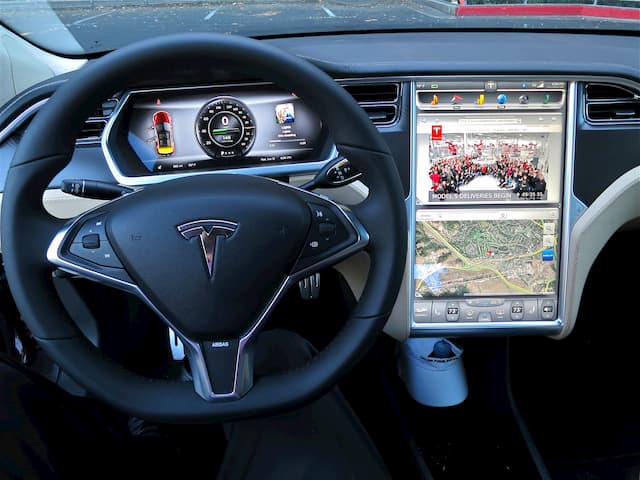
The high-resolution capabilities of Tesla’s cameras and advanced computer vision techniques enable the system to extract rich, detailed information from visual data. The vehicle can accurately determine objects’ distance, size, and relative velocity, facilitating safe and efficient navigation through complex traffic scenarios.
Furthermore, Tesla’s Autonomy system leverages machine learning and neural networks to continuously improve its ability to interpret the camera feed. Through vast amounts of training data, the system becomes adept at recognizing and classifying objects, predicting their behavior, and adapting to diverse driving conditions. This iterative learning process empowers Tesla vehicles with the capability to make informed decisions based on real-time visual inputs.
Tesla’s camera system operates harmoniously with other sensors, such as radar and ultrasonic sensors, forming a comprehensive perception suite that enables the vehicle to gather information from multiple sources. By combining data from different sensors, Tesla’s Autonomy system achieves higher accuracy and redundancy, enhancing the overall safety and reliability of autonomous driving.
As Tesla continues to refine and expand its Autonomy capabilities, the camera system remains a critical component in its pursuit of creating self-driving vehicles. With each software update and technological advancement, the camera system evolves, enhancing its ability to perceive the world and navigate the roads with unparalleled vision. Tesla’s commitment to pushing the boundaries of enhanced vision technology is propelling us toward a future where autonomous driving is not only conceivable but an everyday reality.
Radar and Ultrasonics: A Multilayered Approach to Perception
Tesla’s autonomy capabilities rely on a sophisticated and multilayered approach to perception, with radar and ultrasonics playing crucial roles in gathering real-time data about the vehicle’s surroundings. Radar technology, utilizing radio waves, allows Tesla vehicles to detect objects, measure their distance, and determine their velocity. By bouncing radio waves off nearby objects, Tesla’s radar sensors create a detailed map of the environment, even in challenging weather conditions such as heavy rain or fog.
But Tesla’s perception system doesn’t stop at radar alone. Ultrasonic sensors, strategically placed around the vehicle, complement radar by providing a closer and more precise understanding of the immediate surroundings. These ultrasonic sensors emit high-frequency sound waves and analyze the echoes that bounce back to the vehicle. By doing so, they can detect nearby objects, including pedestrians, cyclists, or other vehicles, with remarkable accuracy.

The seamless integration of these two sensor technologies, radar and ultrasonics, sets Tesla’s approach apart, working in harmony to create a comprehensive perception system. This combination allows for a robust and redundant perception network, enhancing the vehicle’s ability to accurately interpret the surrounding environment and make informed decisions. By employing a multilayered approach, Tesla’s autonomy technology strives to achieve higher safety and precision, paving the way for a future where vehicles can navigate autonomously with confidence.
Please note that this is just a sample paragraph. Feel free to make any modifications or additions to align it better with your article’s style and tone.
Neural Networks in Action: How Tesla’s Autopilot Learns and Adapts
At the heart of Tesla’s impressive Autonomy capabilities lies a sophisticated neural network that powers its Autopilot system. This advanced technology is designed to learn from vast amounts of data, enabling Tesla vehicles to adapt and improve their autonomous driving capabilities constantly. The neural network functions as a digital brain, processing information from various sensors, including cameras, radar, and ultrasonic sensors, to make real-time decisions on the road. Through a process known as deep learning, the neural network analyzes patterns, identifies objects, and predicts potential hazards, allowing Tesla vehicles to navigate the streets with a remarkable level of autonomy.
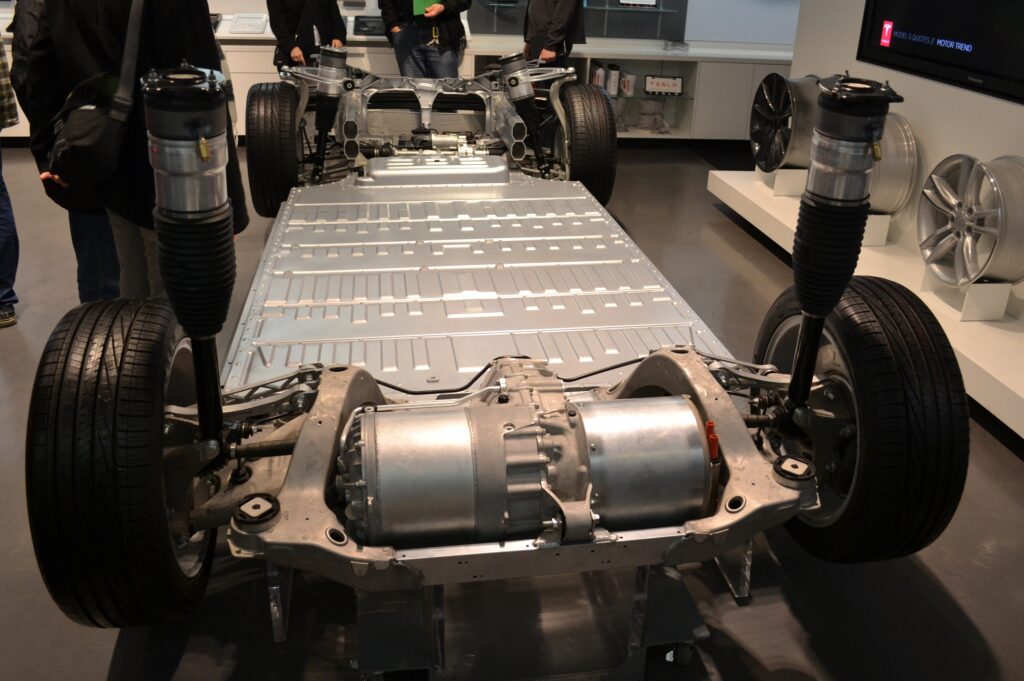
The neural network’s ability to learn and adapt sets Tesla apart in the autonomous driving landscape. Every Tesla vehicle equipped with Autopilot is a data-gathering platform, constantly collecting information about road conditions, traffic scenarios, and driver interventions. This data is then anonymized, aggregated, and sent back to Tesla’s servers, becoming part of a massive training dataset for the neural network. Through an iterative process, the web continually refines its understanding of the driving environment, enhancing its ability to interpret and respond to complex situations.
Tesla’s neural network leverages deep learning algorithms capable of extracting intricate patterns and insights from the data. By exposing the network to various driving scenarios, ranging from everyday traffic to challenging road conditions, Tesla ensures that their autonomous driving system becomes more robust and capable over time. This iterative learning process allows the neural network to adapt to new situations, unexpected obstacles, and evolving road conditions, making Tesla vehicles safer and more reliable with each passing day.
In conclusion, Tesla’s Autopilot neural network is the driving force behind its remarkable autonomy capabilities. By harnessing the power of deep learning and continuously refining their algorithms through real-world data, Tesla vehicles can learn from their collective experiences and adapt to a wide array of driving situations. The neural network’s ability to analyze and interpret complex information enables Tesla to stay at the forefront of autonomous driving technology, paving the way for a future where self-driving cars become the norm.
The Autonomy Journey: From Autopilot to Full Self-Driving
Tesla’s Autonomy capabilities have come a long way, evolving from the initial Autopilot system to the ambitious goal of achieving Full Self-Driving (FSD). Autopilot, introduced in 2015, began Tesla’s foray into autonomous driving. It enabled features like adaptive cruise control, lane centering, and automated lane changes, revolutionizing the driving experience. However, Tesla didn’t rest on its laurels. Instead, it embarked on a relentless pursuit of pushing the boundaries further.
With each software update, Tesla expanded the capabilities of Autopilot, gradually inching closer to their ultimate vision of Full Self-Driving. The journey has been a constant refinement process, incorporating advancements in computer vision, machine learning, and neural networks. Tesla’s fleet of vehicles serves as a data powerhouse, gathering valuable insights from real-world driving scenarios and leveraging this information to train and improve the Autonomy system.
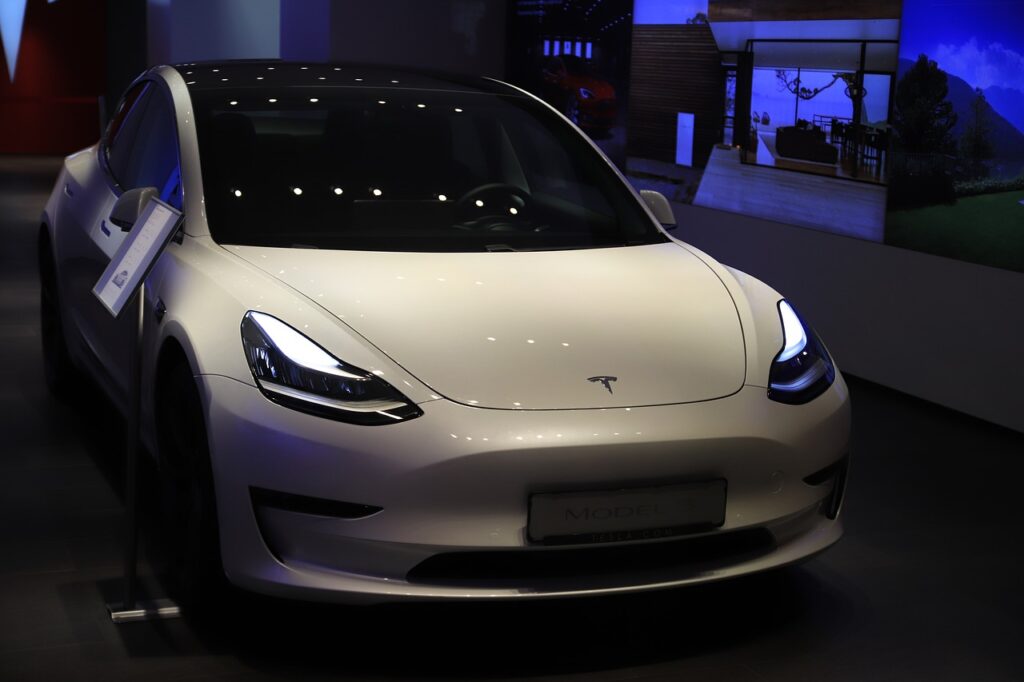
Full Self-Driving represents the pinnacle of Tesla’s Autonomy ambitions. It aims to achieve automation where human intervention becomes obsolete in most driving situations. Tesla’s FSD system encompasses features like advanced navigation, automatic parking, and the ability to recognize and respond to traffic signals and stop signs. While Full Self-Driving is not fully realized yet, Tesla continues to push the boundaries, regularly releasing software updates that bring enhanced autonomy capabilities to its fleet of vehicles.
The Autonomy journey from Autopilot to Full Self-Driving is a testament to Tesla’s commitment to innovation and its belief in reshaping the future of transportation. As technology matures and regulatory frameworks evolve, Tesla remains at the forefront, spearheading the race toward a future where self-driving cars navigate our roads with precision and safety.
Navigating the Streets: Autonomy Tesla review in Real-World Scenarios
According to autonomy tesla reviews, one of the most fascinating aspects of Tesla’s Autonomy capabilities lies in its ability to navigate our cities’ complex and ever-changing streets. Tesla’s Autopilot system, powered by advanced sensor technology and artificial intelligence, enables the vehicle to analyze and interpret its surroundings in real time. Whether detecting traffic, recognizing road signs, or anticipating pedestrian movements, Tesla’s Autonomy system strives to make driving safer and more efficient.
In real-world scenarios, Tesla vehicles with Autonomy capabilities can seamlessly handle various driving tasks. From smoothly changing lanes on the highway to maneuvering through urban environments, the Autopilot system combines data from cameras, radar, and ultrasonic sensors to comprehensively understand the vehicle’s surroundings. By processing this information in real time, the system can make precise decisions and adjust the vehicle’s speed, acceleration, and steering accordingly.
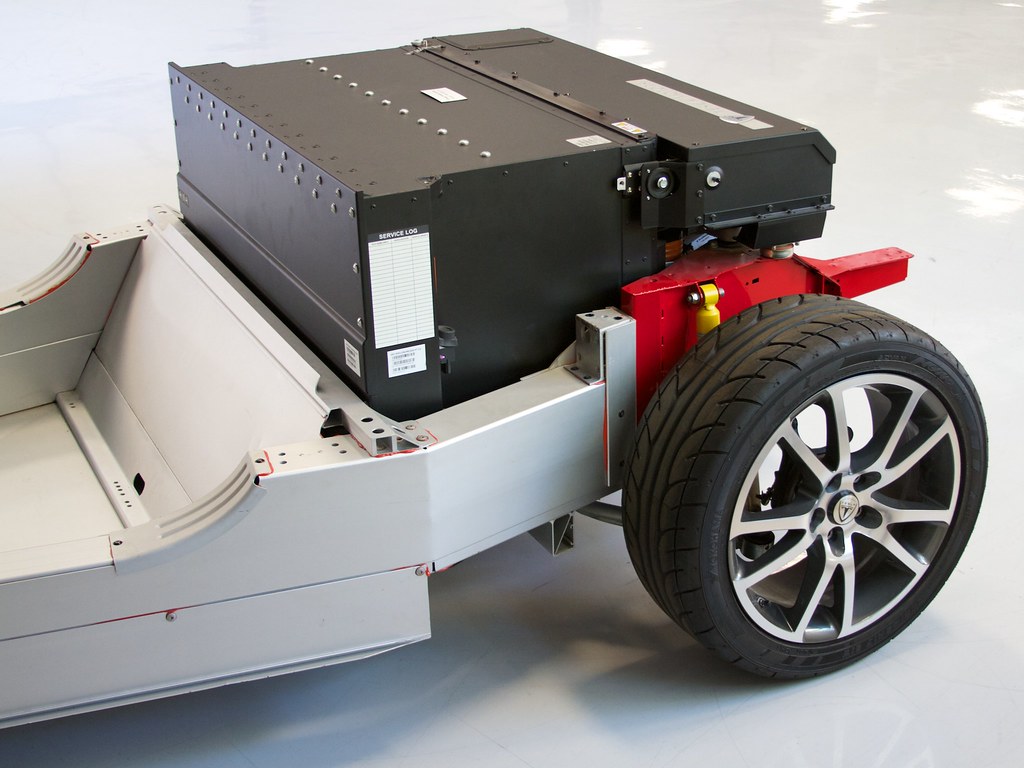
Tesla’s Autonomy system continuously learns from a vast network of vehicles, gathering data and refining its algorithms to improve its performance over time. This collective intelligence empowers the system to adapt to different driving conditions and scenarios, making each iteration more capable and reliable. Tesla owners who opt for the Full Self-Driving package are at the forefront of this transformative technology, as they gain access to an array of advanced features designed to enhance their driving experience.
However, it’s important to note that despite the impressive capabilities of Tesla’s Autonomy system, drivers are still required to maintain vigilance and be ready to take control of the vehicle if necessary. Tesla emphasizes the need for active driver supervision and urges drivers to keep their hands on the wheel and always stay alert.
As Tesla continues to refine its Autonomy capabilities and expand its fleet, the potential impact on transportation and society is profound. The vision of a future where vehicles seamlessly navigate our streets, reducing accidents and traffic congestion, is slowly becoming a reality thanks to Tesla’s relentless pursuit of autonomous driving technology.
Note: The above paragraph briefly overviews Tesla’s Autonomy capabilities in real-world scenarios. You can expand or modify the content as needed to suit your article’s desired length and level of detail.
Safety First: Tesla’s Approach to Autonomous Vehicle Security
When it comes to autonomous vehicles, ensuring safety is paramount. Tesla, the trailblazer in the electric car industry, recognizes this critical aspect and has implemented a robust approach to independent vehicle security. By combining cutting-edge technology, meticulous testing, and a dedication to continuous improvement, Tesla strives to provide its customers with a safe and secure driving experience.
At the core of Tesla’s approach to autonomous vehicle security lies an intricate network of redundant safety features—multiple layers of protection work harmoniously to minimize risks and address potential vulnerabilities. Tesla’s hardware suite, including cameras, radar, and ultrasonic sensors, enables the vehicle to gather real-time data from its surroundings. This comprehensive perception system serves as the first line of defense, allowing the car to detect and respond to various objects, obstacles, and road conditions.
Moreover, Tesla’s Autopilot system employs advanced neural networks that continually learn and adapt based on data collected from a vast fleet of vehicles. This iterative learning process allows Tesla to enhance the vehicle’s ability to identify and navigate complex scenarios, continually improving its safety performance. Regular over-the-air software updates further contribute to this evolution, ensuring that Tesla vehicles stay up-to-date with the latest safety features and improvements.
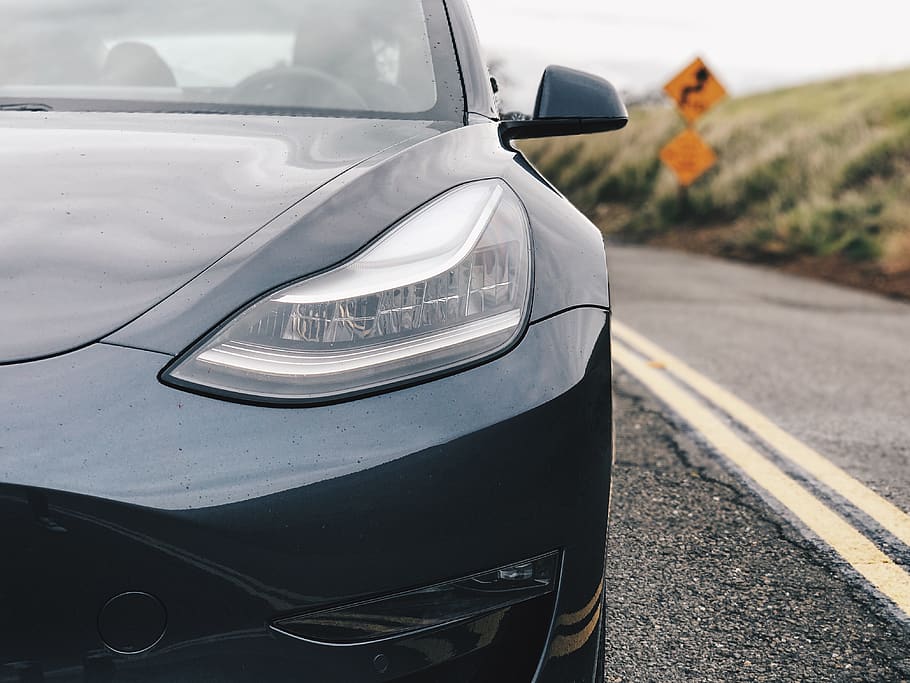
In addition to proactive safety measures, Tesla emphasizes the importance of transparency and accountability. The company maintains an open line of communication with its customers, providing detailed information about the capabilities and limitations of its autonomous features. This transparency helps users understand the technology better and encourages responsible usage, empowering drivers to make informed decisions while utilizing Tesla’s autonomous capabilities.
Tesla collaborates with regulatory authorities, industry experts, and researchers to establish best practices and standards for autonomous vehicle security. By engaging in partnerships and discussions, Tesla aims to contribute to the collective effort of shaping a safe and secure independent future. The company’s commitment to compliance and regulation adherence further strengthens its dedication to ensuring the safety of its customers and the broader community.
As the autonomous driving landscape continues to evolve, Tesla remains at the forefront of innovation while prioritizing safety. By combining advanced hardware, neural networks, ongoing software updates, and a culture of transparency, Tesla’s approach to autonomous vehicle security sets a high standard within the industry. As the journey towards full autonomy progresses, Tesla’s unwavering commitment to safety paves the way for a future where autonomous vehicles redefine transportation while keeping passengers and pedestrians safe on the roads.
Regulatory Challenges and Ethical Considerations in Autonomy:
As Tesla pushes the boundaries of autonomous driving technology, it faces many regulatory challenges and ethical considerations that demand careful attention. The advent of self-driving vehicles raises complex questions about liability, safety standards, and legal frameworks. Regulators worldwide are grappling with the task of creating guidelines and policies that strike a balance between encouraging innovation and ensuring public safety.
One of the primary concerns revolves around determining the legal responsibility of accidents involving autonomous vehicles. As traditional driving rules and liability frameworks were designed with human drivers in mind, the emergence of self-driving cars presents a unique legal landscape. Questions arise: Who should be held accountable in an accident – the vehicle manufacturer, the software developer, or the human occupant who may have been supposed to take over control? Developing clear regulations addressing these issues is vital to fostering public trust and mitigating potential legal disputes.
Moreover, ethical considerations come to the forefront when programming autonomous vehicles to make split-second decisions in challenging scenarios. These decisions often involve minimizing harm to the vehicle occupants or prioritizing the safety of pedestrians or other cars on the road. This raises profound questions about the value placed on human life and the moral implications of algorithmic decision-making. Striking the right balance between protecting human life and ensuring the practicality and safety of autonomous systems requires extensive ethical discussions and consensus-building.
Collaboration among industry stakeholders, policymakers, and regulatory bodies is crucial to address these challenges. Tesla actively engages with regulatory agencies, providing insights and data to shape the evolving regulatory landscape. Through open dialogues and collaborative efforts, the aim is to establish a robust framework that supports the safe deployment of autonomous vehicles while addressing their unique challenges.
Navigating the complex web of regulatory challenges and ethical considerations is pivotal as Tesla pioneers the future of autonomy. By addressing these issues head-on and working with regulators, Tesla aims to shape a future where autonomous driving is not only technologically advanced but also aligned with the highest safety and ethical standards.
The Roadmap Ahead: Tesla’s Vision for Autonomy
Tesla’s relentless pursuit of innovation goes beyond its current Autopilot capabilities. The electric vehicle pioneer has a grand vision for the future of autonomy, aiming to revolutionize transportation on a global scale. Tesla’s roadmap for autonomy encompasses an ambitious set of goals that push the boundaries of what is possible in self-driving technology.
At the core of Tesla’s vision is the aspiration to achieve Full Self-Driving (FSD), where vehicles will navigate roads without human intervention. This means enabling cars to handle complex driving tasks, including autonomously navigating various traffic conditions, intersections, and even parking. Tesla’s FSD system aims to deliver unparalleled convenience and safety, transforming how we commute and interact with our vehicles.
Tesla is continuously refining and expanding its Autopilot features to realize this vision. The company emphasizes an iterative approach, leveraging real-world data from its vast fleet of vehicles to improve its neural network algorithms. By capturing and analyzing a wealth of driving data, Tesla aims to create a highly sophisticated and capable autonomous driving system that can handle diverse scenarios encountered on the road.
Furthermore, Tesla is working towards achieving regulatory approval to enable the deployment of its Full Self-Driving capabilities. Collaboration with government agencies, policymakers, and transportation authorities is crucial in establishing a regulatory framework that ensures autonomous vehicles’ safe and responsible integration into our existing infrastructure. Tesla’s commitment to meeting and exceeding safety standards aims to instill confidence in the public and regulatory bodies, fostering the acceptance and adoption of autonomous tesla driving technology.
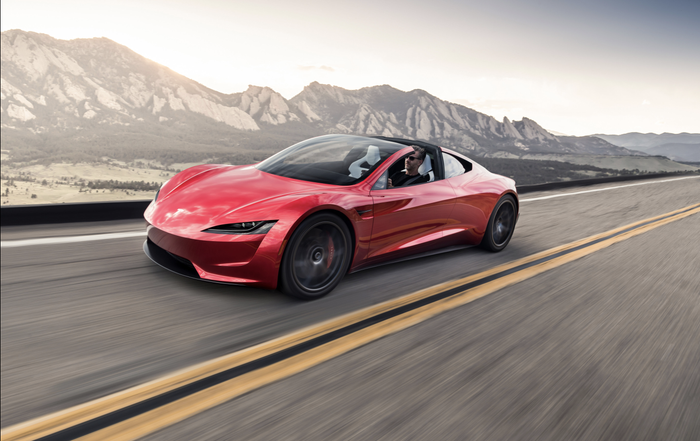
Tesla’s vision for autonomy tesla extends beyond personal vehicles. The company is exploring opportunities to expand its autonomous tesla technology into other sectors, such as ride-sharing, delivery services, and public transportation. By integrating autonomy into a broader ecosystem, Tesla aims to redefine mobility and create a network of interconnected, self-driving vehicles that optimize efficiency, reduce congestion, and enhance overall transportation experiences.
As Tesla forges ahead on its autonomy tesla roadmap, challenges remain. Fine-tuning the complex algorithms, addressing edge cases, and navigating the regulatory landscape requires a multifaceted approach and collaboration with various stakeholders. However, with its innovative spirit, technological expertise, and relentless drive to push the boundaries, Tesla continues to inspire and shape the future of autonomous driving.
In conclusion, Tesla’s vision for autonomy goes beyond mere automation; it envisions a future in which vehicles are seamlessly integrated into our lives, making transportation safer, more efficient, and more enjoyable. As Tesla’s roadmap unfolds, we can anticipate an exciting journey toward a new era of mobility—one where our cars become trusted companions, revolutionizing how we travel and interact with the world around us.
Beyond Cars: Exploring Tesla’s Autonomy Expansion into Other Sectors
While Tesla has made significant strides in revolutionizing the automotive industry with its autonomous tesla driving capabilities, its vision extends far beyond just cars. The company has set its sights on expanding its autonomy tesla technology into other sectors, aiming to reshape various aspects of our daily lives. From energy transportation, Tesla’s ambition knows no bounds as it seeks to create a future where autonomy reigns supreme.
One sector where Tesla is actively exploring autonomy is public transportation. Imagine a fleet of self-driving buses, shuttles, and taxis seamlessly navigating city streets, optimizing routes, and reducing congestion. Tesla’s Autonomy technology has the potential to redefine the way we commute, making public transportation more efficient, eco-friendly, and convenient. Tesla aims to transform the urban mobility landscape by integrating autonomous tesla vehicles into public transit systems.
Another area of interest for Tesla lies in the realm of delivery services. With the rapid growth of e-commerce and the increasing demand for efficient last-mile deliveries, the need for innovative solutions is paramount. Tesla envisions a future where tesla autonomous delivery vehicles, equipped with advanced sensing and navigation capabilities, streamline the delivery process. These independent carriers could ensure swift and secure deliveries, from groceries to packages, revolutionizing the logistics industry.
Furthermore, Tesla’s autonomy expansion extends to the renewable energy sector. The company aims to integrate its Autonomy technology with solar energy systems and energy storage solutions, enabling intelligent energy management. By leveraging autonomy, Tesla envisions a future in which homes and businesses can optimize energy consumption, store excess energy, and even contribute to the power grid. This integration could create a more sustainable and decentralized energy ecosystem.
As Tesla continues to push the boundaries of autonomy, its expansion into these sectors holds immense promise. However, it also presents a unique set of challenges. Regulatory frameworks, safety considerations, and public acceptance are crucial factors that must be addressed to ensure a smooth transition into these new domains.
autonomy tesla model y
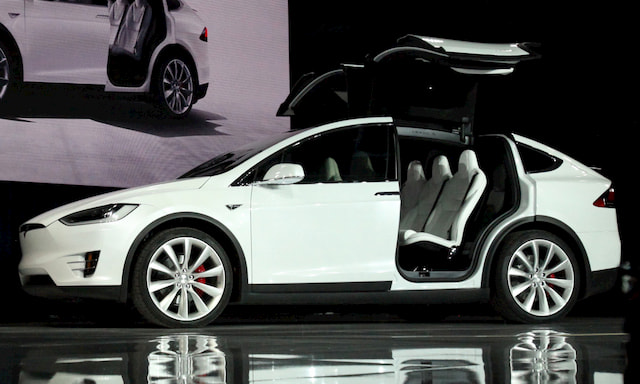
Does tesla offer gap insurance ?
Many people ask does tesla have gap insurance? , When it comes to gap insurance, Tesla offers a solution that provides peace of mind for its customers. Gap insurance, also known as guaranteed asset protection, is an optional coverage that helps bridge the gap between the actual value of a vehicle and the amount owed on a loan or lease in the event of a total loss. Tesla recognizes the importance of protecting its drivers and offers gap insurance as an add-on option. By choosing this coverage, Tesla owners can safeguard themselves against potential financial hardships that may arise if their vehicle is stolen or declared a total loss. This thoughtful offering by Tesla demonstrates their commitment to ensuring comprehensive protection and customer satisfaction.
For more answers see tesla gap insurance reddit
Which tesla drives itself?
When it comes to Tesla’s self-driving capabilities, the vehicle that stands out is the Tesla Model S. Equipped with the necessary hardware and advanced software features, the Model S has the ability to drive itself autonomously. Tesla has introduced a feature called Autopilot, which allows the car to navigate on its own in certain situations, such as on highways. The Model S utilizes a combination of sensors, cameras, and radars to perceive its surroundings and make informed decisions while driving. It’s important to note that although the Model S can drive itself, Tesla advises drivers to remain attentive and ready to take control of the vehicle at any time. The development of self-driving technology is an ongoing process, and Tesla continues to make advancements in this field with each new model and software update.
In summary, Exploration of tesla level 3 autonomy extends well beyond the realm of cars. By venturing into sectors such as public transportation, delivery services, and renewable energy, the company aims to reshape industries, enhance efficiency, and drive us closer to a future where autonomy is woven into the fabric of our daily lives. As we embark on this exciting journey, witnessing how Tesla’s Autonomy technology transforms these sectors and propels us toward a more autonomous tesla and sustainable future will be fascinating.
In conclusion
Tesla’s Autonomy capabilities are not limited to the automotive industry; they extend to public transportation, delivery services, and renewable energy. As Tesla drives us toward a more tesla autonomous future, it invites us to reimagine how we move, receive goods, and manage energy. With each technological breakthrough, Tesla brings us closer to a world where autonomy is the driving force behind efficiency, sustainability, and convenience. The journey ahead is exciting, and as we witness these advancements, we stand on the cusp of a transformative era driven by Tesla’s vision of autonomy tesla cost.
-

 Cars3 years ago
Cars3 years agoThe Top 10 Most Luxurious Cars
-

 Health Care3 years ago
Health Care3 years ago5 Ways To Increase Your Testosterone Naturally
-

 Cars3 years ago
Cars3 years agoBest 28 Car Accessories And Gadgets For Road Trips
-

 Dogs3 years ago
Dogs3 years agoIs Your Dog on the List? The Smartest Dog Breeds, Ranked
-
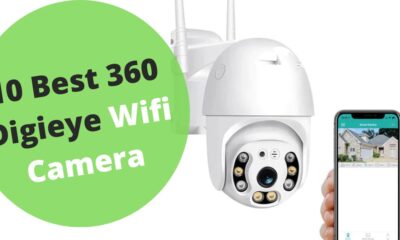
 Cameras3 years ago
Cameras3 years ago10 Best 360 Digieye Wifi Camera
-

 Weight Loss3 years ago
Weight Loss3 years agoBruce Lee’s Weight Training
-
Uncategorized3 years ago
20 Best Things to Do in France
-

 Business2 years ago
Business2 years agoHSBC Online Bank Account: The Answer to All Your Banking Needs?

